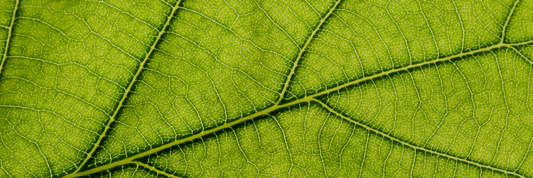
Get the Facts on Fragrance
What are Fragrances?
Fragrances are chemical mixtures, designed to give a particular odour. Fragrances can have powerful sensorial effects, evoking memories and emotions, improving our experience of daily life or simply providing pleasure. The creation of a fragrance is both an art and a science. Perfumers are uniquely talented yet highly trained people who use ‘notes’ to ‘compose’ fragrances according to a customer brief or from creative inspiration. In a sense, it is like writing ‘music’ for the nose.
However, not all fragrances are equal, when PureNature decided to offer fragrances, we made sure we partnered with manufacturers who not only offer an extensive selection but also deliver safety and performance across their range.
Types of fragrances we sell
Fragrances: These are a mix of natural and man-made compounds; these work well for scents that you do not find in nature or do not have volatile components (eg peach, strawberry etc). These are great for candles, soaps and body products.
With literally thousands of ingredients available, the creative possibilities for modern fragrance design are only limited by the perfumer’s imagination. They can also be made to be suitable for many applications and tend to be very strong, long lasting with good scent throw.
With advances in technology, conventional fragrances can now be made with much milder and friendlier ingredients without compromising on scent – see Candle Science’s Clean Scents ™ below as an example.
Natural Fragrances: Our exclusive range of Natural Fragrances are made using essential oils, essential oil fractions and natural fragrance compounds. No synthetic or nature-identical ingredients are used. These work well in body/home products and melt and pour soap though are not suitable for use in cold process soap or candles.
As natural fragrances may only use natural compounds, there are limitations as to what can be created and the applications in which they can be used. They also tend to be milder in strength, shorter lasting and exhibit much less scent throw.
Our suppliers
For our fragrances we partnered with CandleScience, they are 100% phthalate-free and committed to having the safest, highest quality, most thoroughly tested fragrance line in the industry. They in turn have developed Clean Scents ™ which excludes all the California Prop 65 list and any materials with similar health concerns. You can read more about this here.
Our natural fragrances have been created by ABP who also supply our essential oils, they are the largest essential oil supplier in Australasia and have been industry leaders for over 30 years. ABP are a TGA facility enabling them to guarantee the purity and authenticity of their products. They have an in-house team of perfumers and aroma chemistry experts that create their fragrances.
How to use
You will find all the usage information on each product page on the website. This will let you know what products you can use that fragrance for, and the recommended usage range.
Fragrances vs Essential Oils vs Flavours
We often get asked the difference between these three:
Fragrance – we have two different types of fragrances – fragrances or natural fragrances as explained above.
Essential Oils – are a volatile, aromatic oil produced by a plant and come as a singular ingredient eg. Lemon, Peppermint, Tea Tree
Flavours – Usually used in lip balms, they do not really have a powerful smell, they are used strictly for their taste profile.
Fragrance Documents
You might notice on the product page that there are several documents available for each fragrance, but what are these?
IFRA Certificate: The International Fragrance Association (IFRA) maintains a set of standards which set the boundaries for fragrance creation – ensuring that people can enjoy the art of perfumery with confidence. The IFRA Standards ban, limit or set criteria for the use of certain ingredients, based on scientific evidence and consumer insights. An IFRA certificate is confirmation from the manufacturer that each fragrance meets these standards. It also advises safe usage levels for various applications.
MSDS: a Material Safety Data Sheet, often just called a Safety Data Sheet (SDS) gives some basic info on the fragrance or ingredient and outlines how to handle and store it safely. It also gives advice for emergency response if something goes wrong.
Allergen Declaration: Some of our fragrances will have an additional allergen declaration which shows any allergens in the fragrances and when you need to declare these on your labels.





















